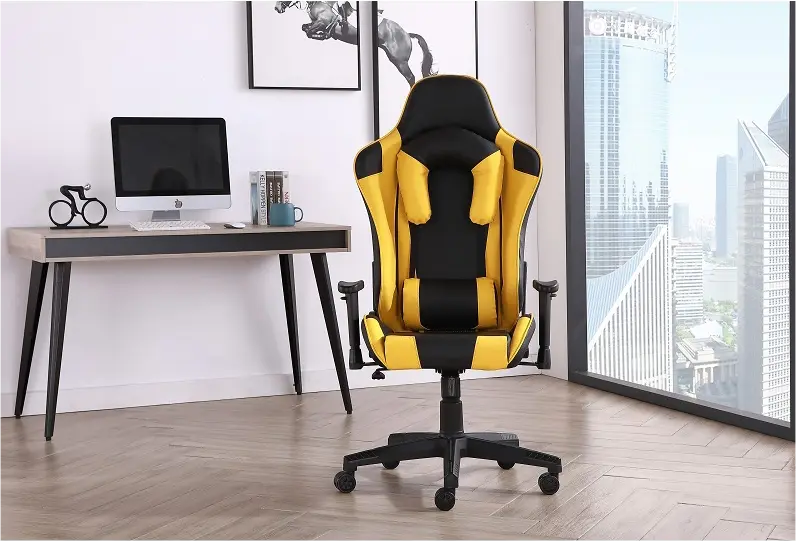Splash metal
Wipe immediately: If the cleaner spills into the metal frame and other parts, the cleaner should be wiped off with a clean wet cloth as soon as possible to avoid long-term residue of the cleaner on the metal surface corrosion.
Check whether there is corrosion: After wiping, carefully observe whether the metal surface has discoloration, spots and other signs of corrosion. If there is slight corrosion, you can use a special metal polish to wipe and restore the metal luster.
Anti-rust treatment: In order to prevent further rust of the metal, you can apply a small amount of anti-rust oil or anti-rust agent to the metal part after cleaning, and then wipe it evenly with a clean soft cloth.
Splash the plastic area
Timely cleaning: Quickly wipe the detergent splashed on the plastic part with a wet cloth to minimize the contact time between the detergent and the plastic.
Observe surface changes: Check whether the plastic surface has abnormal conditions such as discoloration, softening, and dissolution. If the plastic surface is sticky, you can wipe it again with mild soapy water, then clean it with clean water, and then dry it with a dry cloth.
Use plastic care agent: If the plastic part loses its luster due to the influence of detergent, you can use plastic care agent to wipe it to restore its luster and protect the plastic.
Splash the mesh area

Blot the excess liquid: First gently press with a dry cloth or paper towel to blot the excess detergent on the mesh cloth to avoid excessive penetration of the detergent into the mesh cloth.
Rinse with water: Dip a clean wet cloth into water, gently wipe the part of the net cloth splashed with detergent, and wash the residue of detergent as far as possible.
Thoroughly dry: Let the mesh dry naturally after wiping, or use auxiliary equipment such as fans to speed up drying to ensure that the mesh is completely dry to prevent odor or bacteria.
Splashes on solid wood
Quick wipe: Immediately blot the cleaning agent with a dry cloth, and then gently wipe with a slightly wet soft cloth to remove the residual cleaning agent, the action should be light, to avoid scratching the solid wood surface.
Check the condition of the wood: check whether the surface of the solid wood has discoloration, foaming and other phenomena. If the cleaning agent causes damage to the finish of the solid wood surface, it can be repaired with a wood repair paint similar to the color of the chair.
Maintenance treatment: After cleaning, the solid wood can be waxed and maintained to protect the surface of the wood and enhance its waterproof and antifouling performance.
Post time: Feb-17-2025